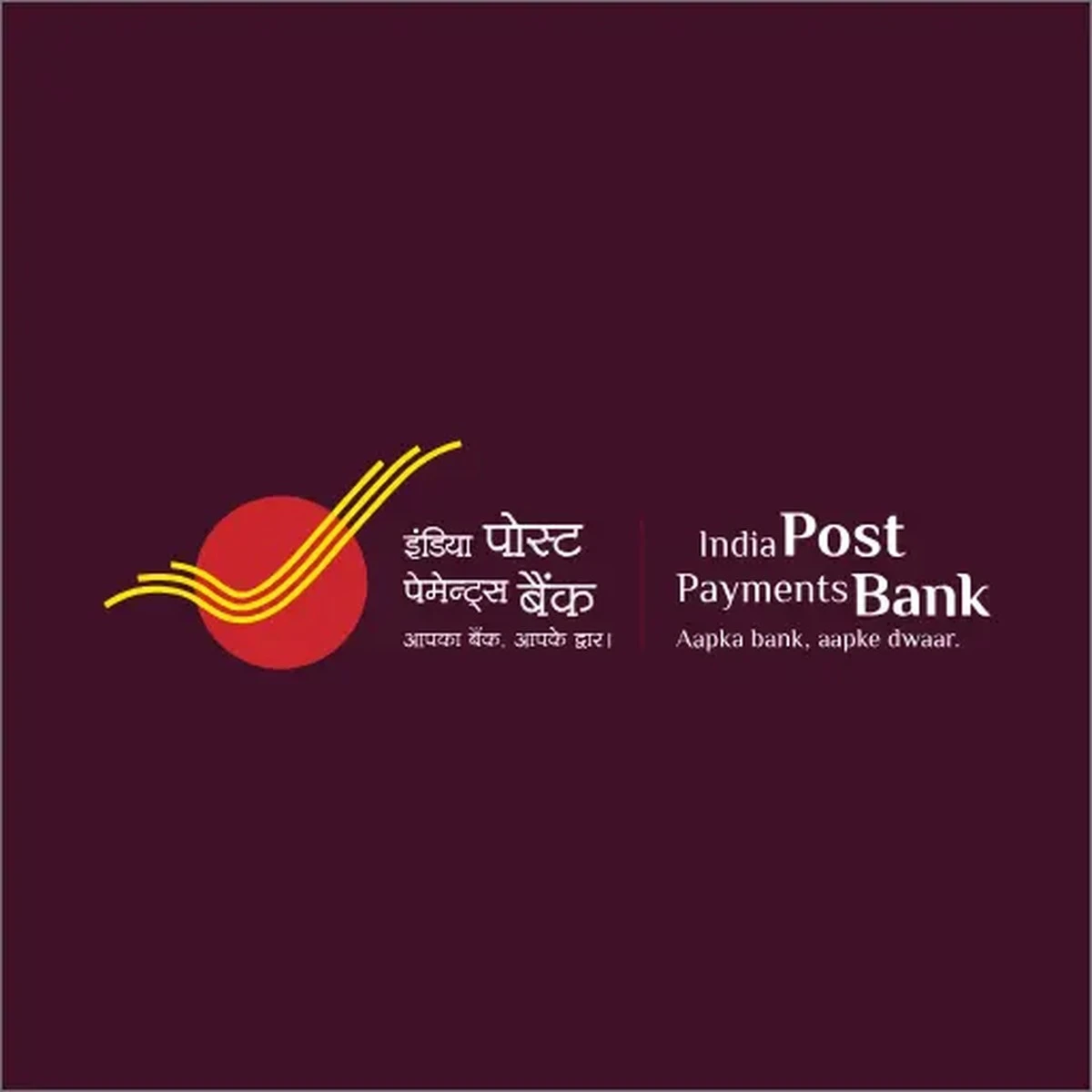Complete Investment Guide
Comprehensive analysis with actionable insights for smart investment decisions
Post Office Time Deposit (TD) Scheme
Grow your savings confidently with Post Office Time Deposit (TD) accounts offering secure, fixed returns. With annual interest payable (calculated quarterly) and investment starting from just ₹1000, TD is a reliable choice for steady growth of your funds.

Key Highlights
✅ Interest payable annually, calculated quarterly
✅ Minimum deposit: ₹1000, in multiples of ₹100; no maximum limit
✅ Flexible tenures: 1, 2, 3, or 5 years
✅ 5-Year TD qualifies for Section 80C tax benefits
✅ Government-backed safe returns
Latest Interest Rates (01 Jan 2024 – 31 Mar 2024)
| Period | Rate |
|---|---|
| 1 Year | 6.9% |
| 2 Years | 7.0% |
| 3 Years | 7.1% |
| 5 Years | 7.5% |
Interest is calculated quarterly but paid annually.
Salient Features
(a) Who Can Open:
- Single adult
- Joint Account (up to 3 adults, Joint A or Joint B)
- Guardian on behalf of a minor
- Guardian on behalf of a person of unsound mind
- Minor above 10 years in their own name
Note: Any number of TD accounts can be opened.
(b) Deposits:
- Tenure options: 1, 2, 3, or 5 years
- Minimum deposit: ₹1000, multiples of ₹100; no maximum limit
- Interest payable annually, no additional interest on unpaid interest
- Annual interest can be credited to the linked Post Office Savings Account on request
- 5-year TD qualifies for Section 80C tax benefits
(c) Maturity:
- The deposit amount is repayable after the tenure (1, 2, 3, or 5 years) from the date of opening.
(d) Extension of Account:
- On maturity, TD accounts can be extended for the same tenure
- Extension request can be submitted at the time of opening or within:
- 6 months for 1-year TD
- 12 months for 2-year TD
- 18 months for 3/5-year TD
- Interest rate on the day of maturity applies for the extended period
(e) Premature Closure:
- Not allowed before 6 months from the date of deposit
- If closed after 6 months but before 1 year: PO Savings Account rate applies
- If closed after 1 year (for 2/3/5-year TD): Interest is 2% less than the applicable TD rate for completed years, PO Savings rate for part years
- Closure requires submitting a prescribed form with the passbook at the Post Office
(f) Pledging:
- TD accounts can be pledged/transferred as security by submitting a request with the Post Office
- Can be pledged to:
- President of India / Governor of State
- RBI / Scheduled Bank / Co-operative Society / Co-operative Bank
- Corporation (public/private) / Government Company / Local Authority
- Housing Finance Company
Start your Post Office TD investment today to secure your future with guaranteed returns and tax-saving opportunities. Ideal for those seeking safe, steady growth of their hard-earned money.
This guide provides comprehensive information for educational purposes. Always consult with financial advisors before making investment decisions.







